Cat Cat Village in Sa Pa is a destination chosen by many tourists when coming to Lao Cai . (Photo: KHÁNH AN)
That treasure is also an important resource in socio -economic development, a link connecting the great national unity bloc. Therefore, preserving and effectively promoting the cultural values of ethnic groups has become a consistent and continuous policy of Lao Cai.
Focus on preserving cultural values
According to Deputy Director of Lao Cai Department of Culture, Sports and Tourism Duong Tuan Nghia, the province has a border length of more than 180km with China. In recent decades, cultural exchange and communication activities have taken place regularly and continuously.
Over the past 30 years, Lao Cai province has always paid attention to and issued many mechanisms and policies to create favorable conditions for research, collection, restoration, preservation and promotion of cultural values of ethnic groups.
Lao Cai is a province that has early applied the sustainable development perspective to the work of preserving cultural heritage, associated with environmental protection.
In addition to the province's internal investment resources, Lao Cai province has received funding from the Ministry of Culture, Sports and Tourism for many projects under the National Target Program on Culture in preserving traditional ethnic villages and hamlets such as: Project to preserve traditional H'Mong ethnic villages in Cat Cat village, San Sa Ho commune, Sa Pa district in 2009-2010; Project to preserve traditional Ha Nhi ethnic villages in Choan Then village, Y Ty commune, Bat Xat district in 2019-2020; projects under the Government's Program 1719 and projects related to the restoration and embellishment of national relics, projects to preserve traditional festivals of ethnic groups, preserve folk songs, folk dances, folk music, etc.
Deputy Head of the Board of Management of Monuments and Tourism Development of Bao Yen District, Le Cuong Manh, said that Bao Ha is a commune in Region II of Bao Yen District, located on the left bank of the Red River, a cultural center of monuments including 2 national monuments: Bao Ha Temple, Co Be Tan An Temple and 2 provincial monuments: Lang Luc Temple and Hai Co Temple.
Bao Ha Temple has been invested in restoration, renovation and expansion to become more and more spacious and magnificent as it is today, a famous spiritual tourist destination.
At the Thuong Temple area, a famous cultural relic in Lao Cai city, Head of the Lao Cai City Relic Management Board Ngo Ngoc Ha said that the unit has proactively preserved and kept historical values associated with the relic's content; inventoried artifacts and supervised the donation of artifacts in a scientific, effective manner, in accordance with the traditional way of creation, ensuring the original elements of the relic, in accordance with Vietnamese customs and traditions.
In addition to the artifacts that are worshiped together, shown in the annual inventory records of artifacts stored directly at the specialized department, the Relic Management Board also proactively builds a supplementary book of artifacts by day, month, quarter, and year to monitor and promptly report on the increase and decrease of artifacts at relic sites, avoiding activities that affect and damage artifacts such as burning incense with smoke, or colorful painting.
The work of building and training human resources for the preservation and promotion of cultural heritage is also a focus. From a very early age, Lao Cai province has paid attention to discovering many artisans who hold cultural heritage in the ethnic minority communities in the province, making statistics and building dossiers to propose the recognition of the title of Folk Artisan, collaborator in the preservation, conservation and teaching of intangible cultural heritage in the community.
Lao Cai has issued a number of mechanisms for discovering, recognizing and placing orders for folk artisans in collecting, preserving, teaching and promoting cultural quintessence and heritage.
The number of folk artisans in the province is quite large, with deep knowledge in many fields of knowledge and folk culture, making important contributions to the work of preserving, teaching and promoting indigenous cultural values.
By 2024, Lao Cai had 2 artisans awarded the title of People's Artisan by the State, 25 artisans awarded the title of Meritorious Artisan by the State, and 5 artisans awarded the title of Folk Artisan by the Vietnam Folk Arts Association.
Every year, the province assigns specialized units to review and select 5-7 qualified artisans to develop a dossier to propose the title of People's Artisan or Meritorious Artisan.
Harmonizing culture with tourism
Lao Cai is increasingly attracting a large number of tourists and becoming an attractive destination in the Northwest region; gradually bringing income and benefits to the cultural subjects of ethnic groups, encouraging the community to preserve and protect precious traditional cultural values. Mr. Ha Van Thang, former Director of the Department of Tourism of Lao Cai province said: "Preserving and promoting the value of intangible cultural heritage is the basis for forming and creating core values to develop unique humanistic tourism products, contributing to attracting a large number of tourists".
Over the years, Lao Cai has always led the Northwestern provinces in the number of tourists. In 2019, the number of visitors to Lao Cai reached nearly 5 million, with tourism revenue reaching 19,800 billion VND; by the end of 2024, the number of tourists to Lao Cai reached more than 8 million, with revenue of more than 27 trillion VND. Tourism has gradually become a key economic sector of the province.
However, the process of preserving cultural values also encounters many difficulties and obstacles, especially in terms of material conditions and human resources.
The human resources for managing relics at all levels are still limited, inexperienced, and not up to the practical requirements. The majority of the human resources working at relic management boards have not received professional training and are limited in experience.
The time to carry out procedures for agreement, appraisal and approval of the restoration of relics must go through many steps, causing difficulties for the restoration and mobilizing resources for restoration.
Deputy Head of the Board of Monuments Management and Tourism Development of Bao Yen District (where the famous Bao Ha Temple relic cluster is located) Nguyen Cuong Manh said that currently in this area, some relics are gradually deteriorating, and the funding for relic restoration is still low compared to the demand.
Mr. Ha Van Thang said that preserving the core values of cultural heritage is a difficult task, involving the team of artisans - those who hold, transmit and continue traditional cultural knowledge. However, it is difficult but must be done because only by preserving and conserving culture can we preserve everything.
Faced with the above issue, Deputy Director of Lao Cai Department of Culture, Sports and Tourism Duong Tuan Nghia emphasized a number of solutions:
Firstly, promote the role of artisans and village elders. In each locality and each ethnic group, build a team of elite artisans, folk artisans and collaborators to preserve and promote the value of cultural heritage.
Second, it is always determined that preserving and promoting the value of cultural heritage must be associated with tourism development, with the goal of "turning heritage into assets" and considering "tourism as the midwife of cultural heritage".
Therefore, throughout the province's projects, the tasks of preserving cultural heritage are always associated with the tourism spearhead.
Third, focus on building cultural heritages into unique tourism products; especially focus on building and establishing village and hamlet art clubs and teams associated with community tourism development...
Source: https://baotuyenquang.com.vn/bao-ton-va-phat-huy-gia-tri-van-hoa-cac-dan-toc-213148.html


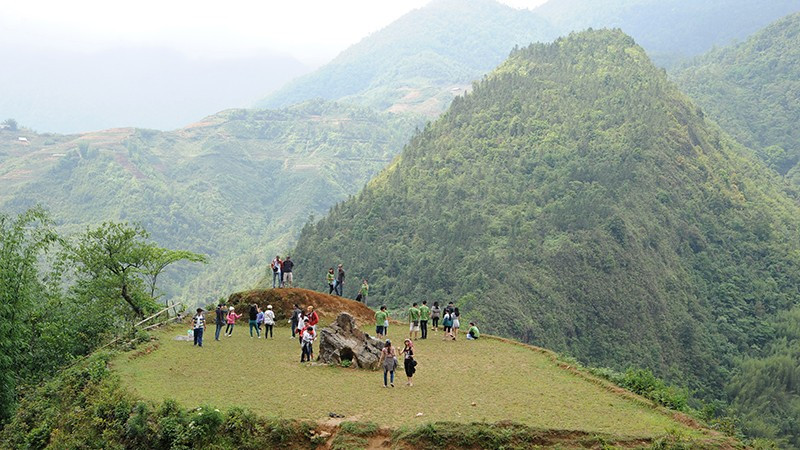










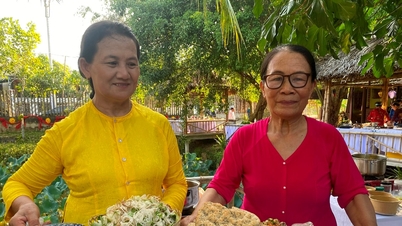









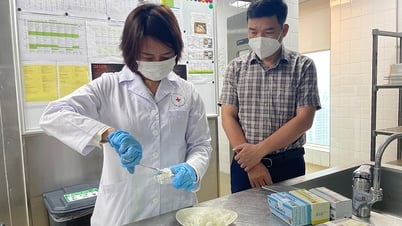
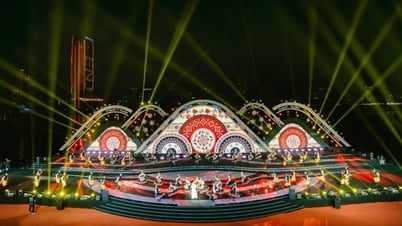
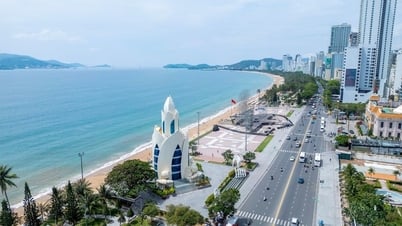

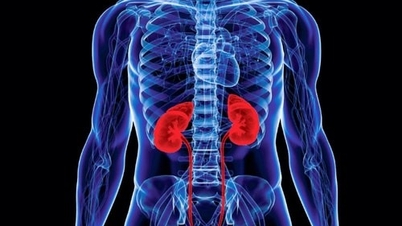




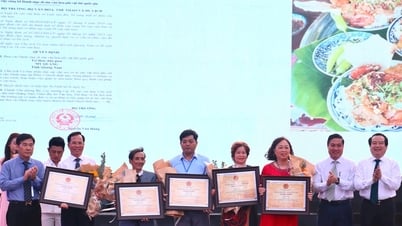
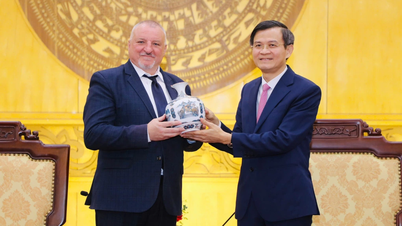

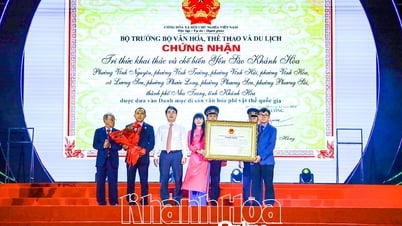

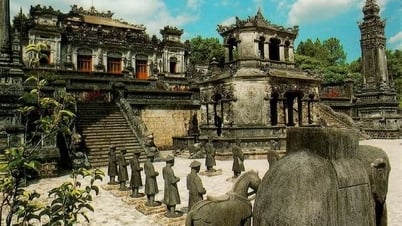







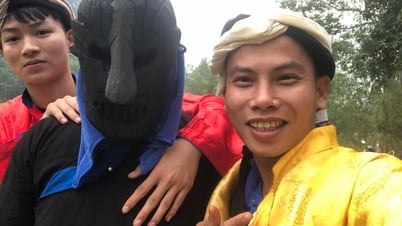




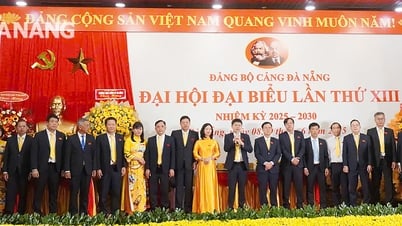



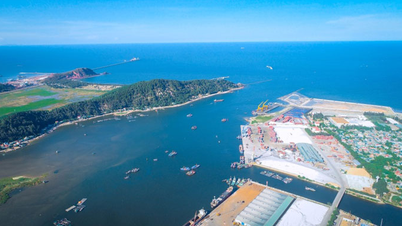







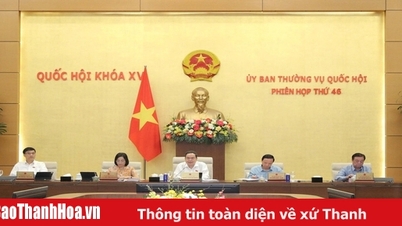



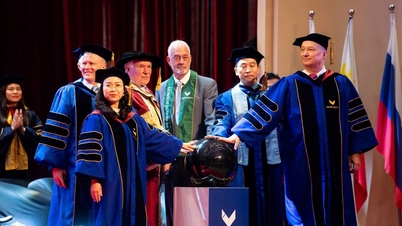
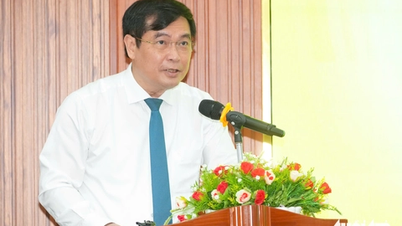


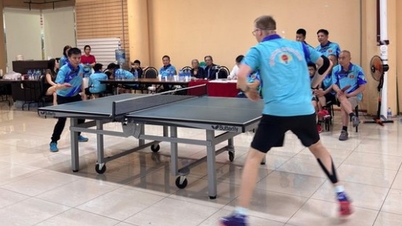





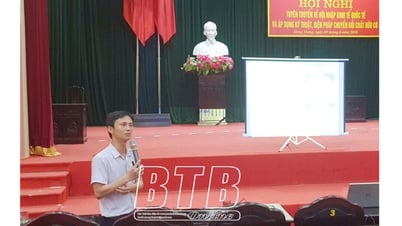



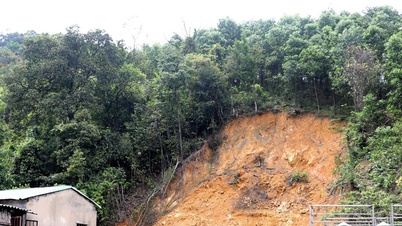

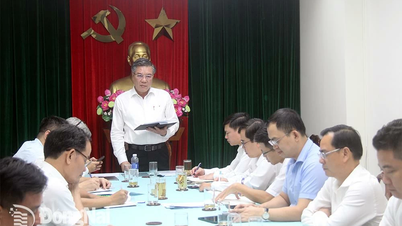



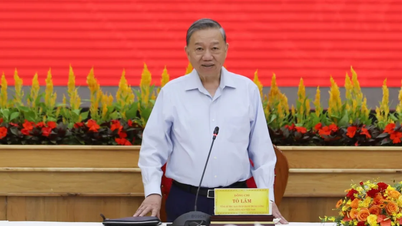


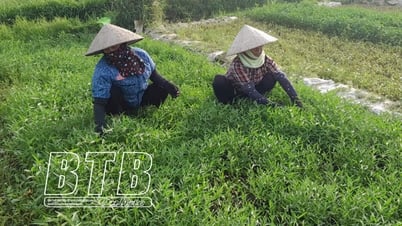
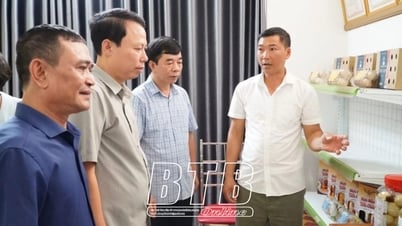
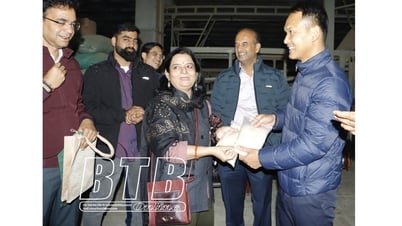

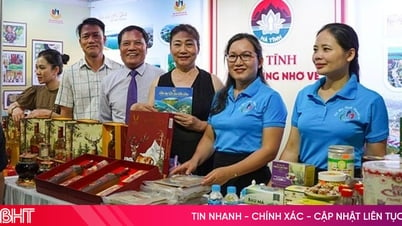
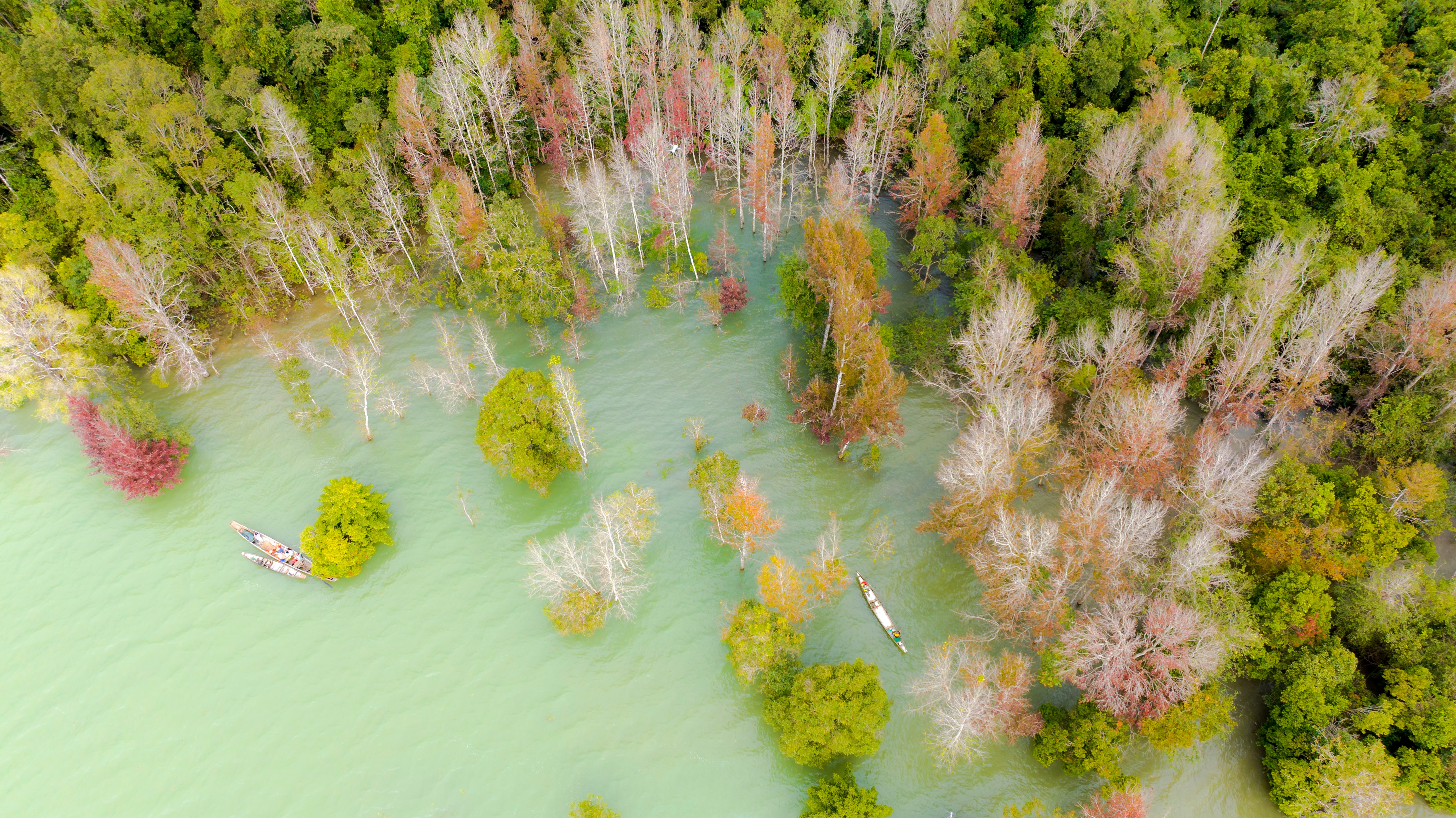



Comment (0)